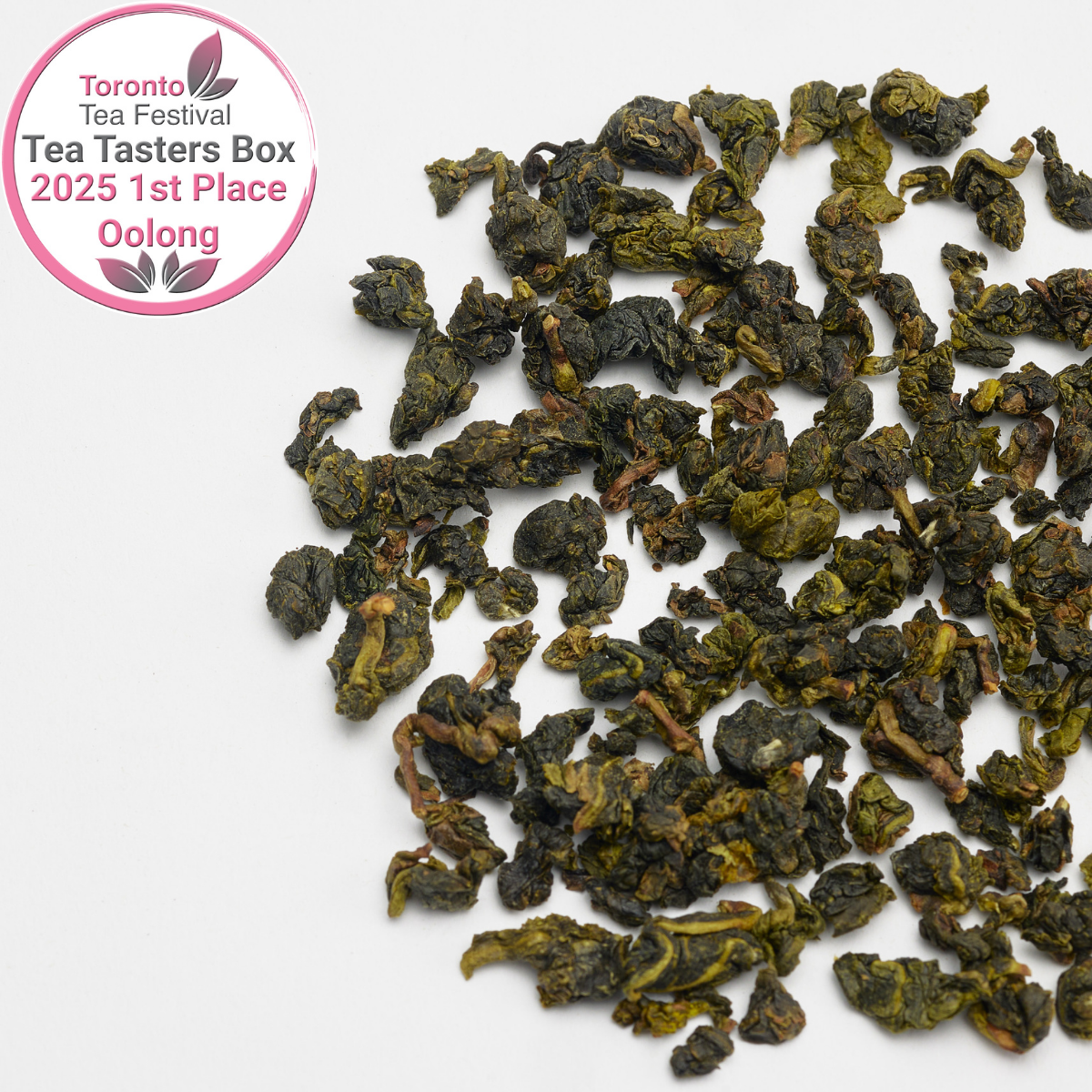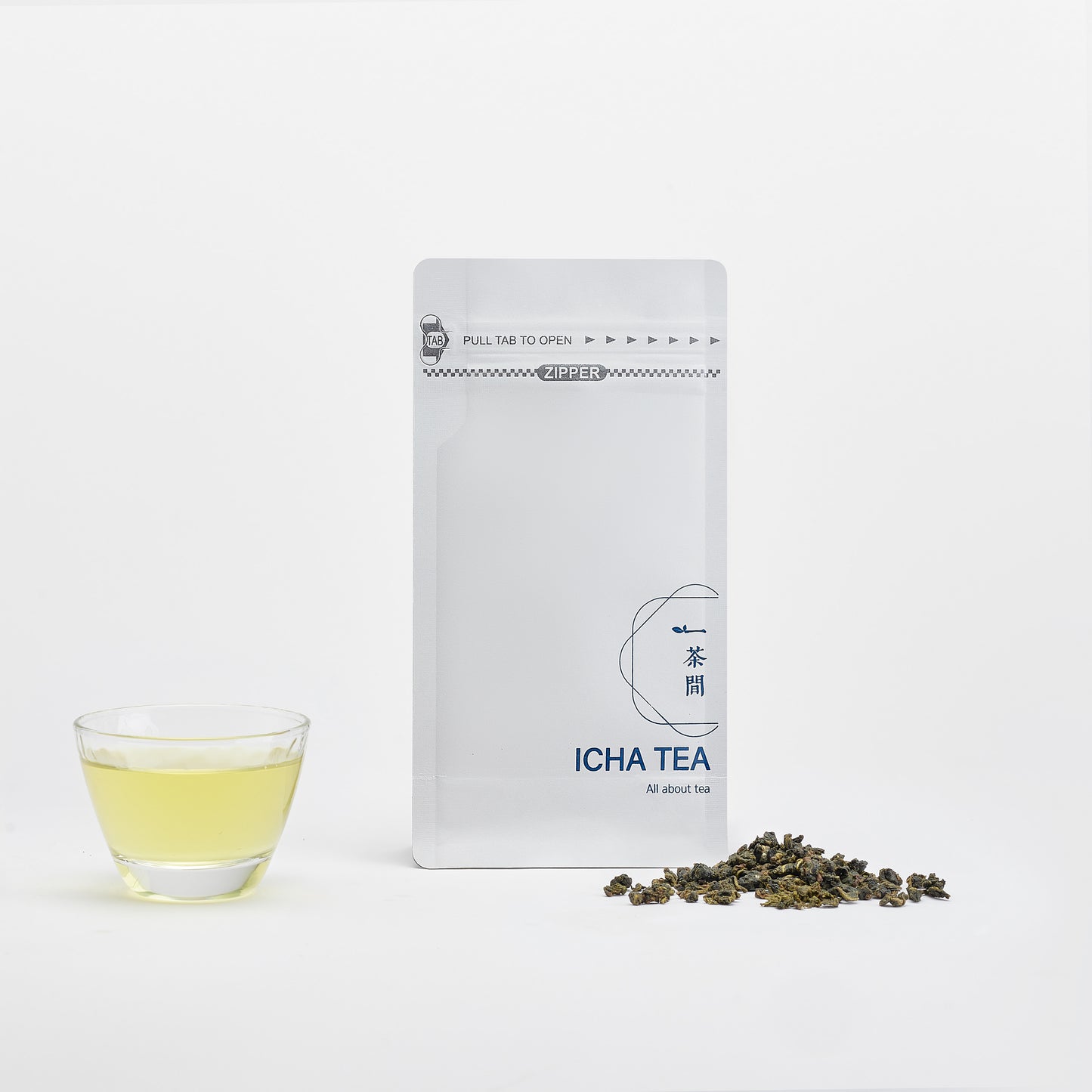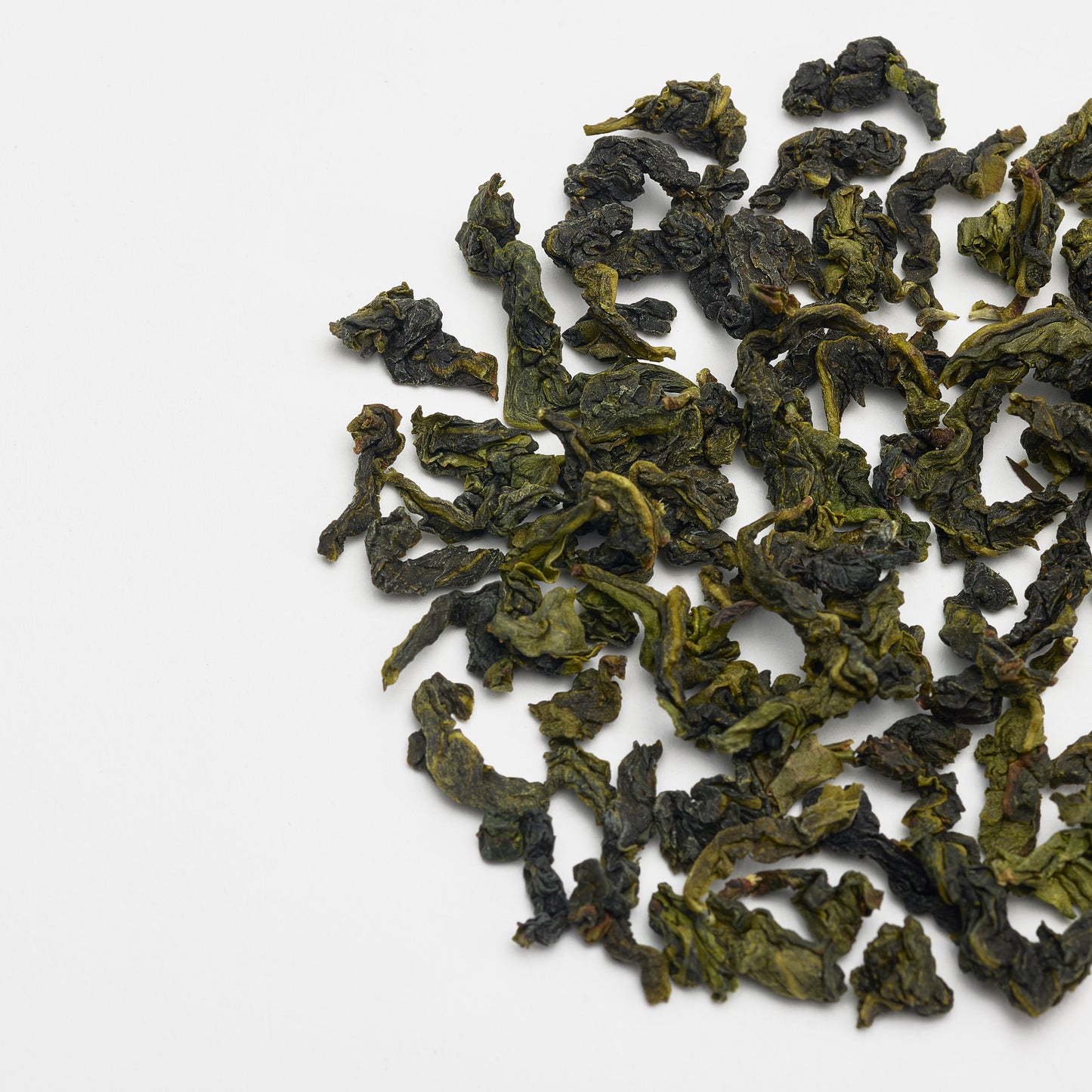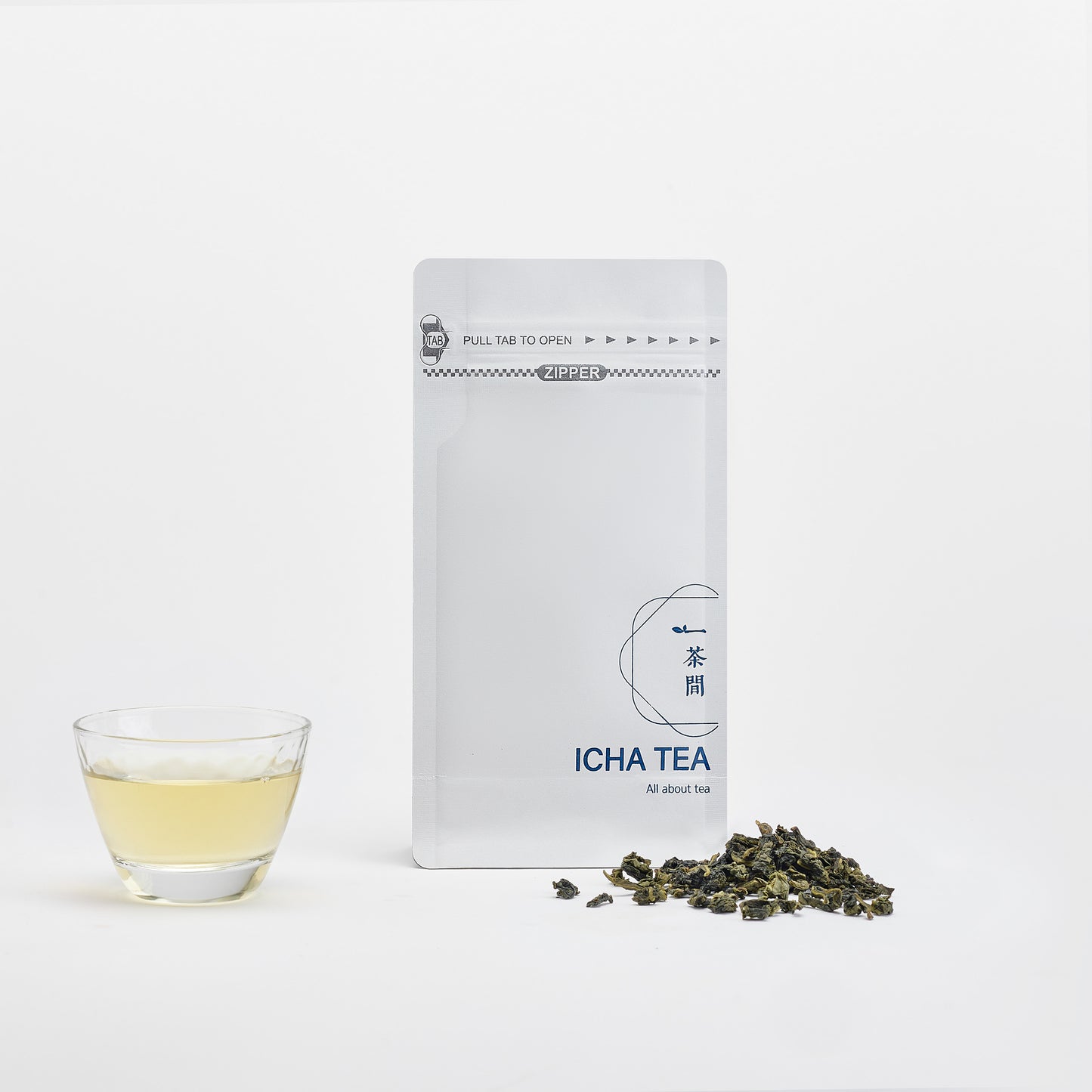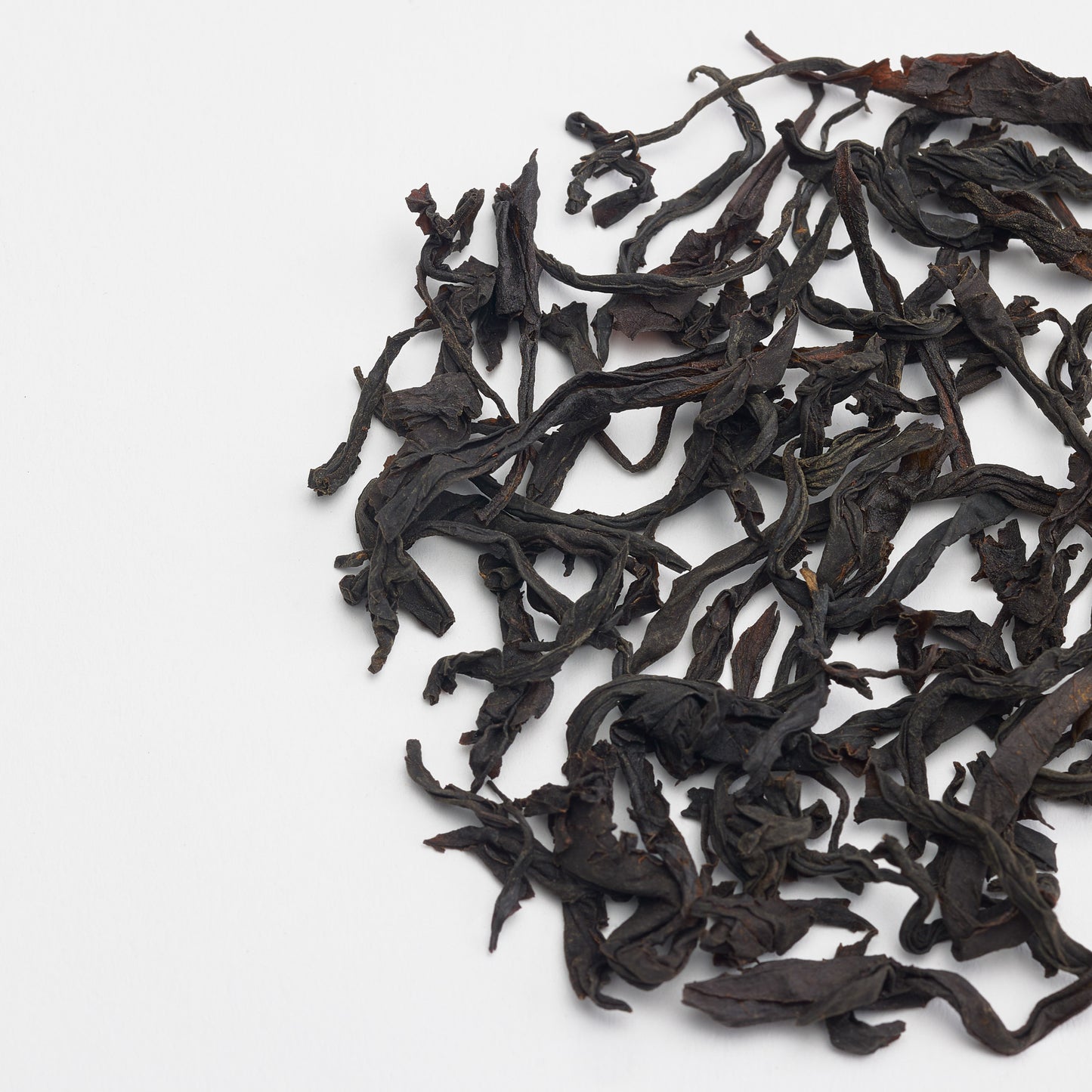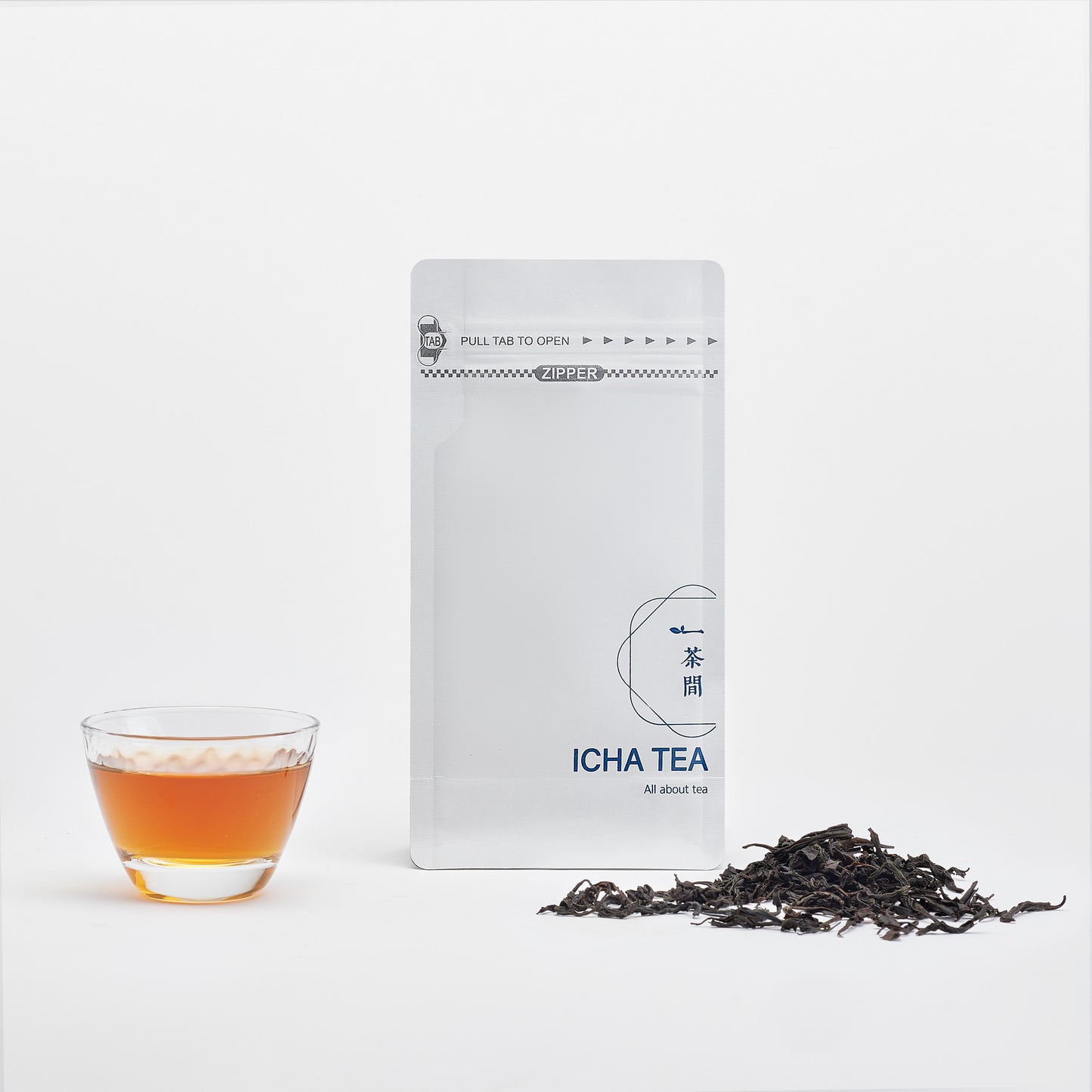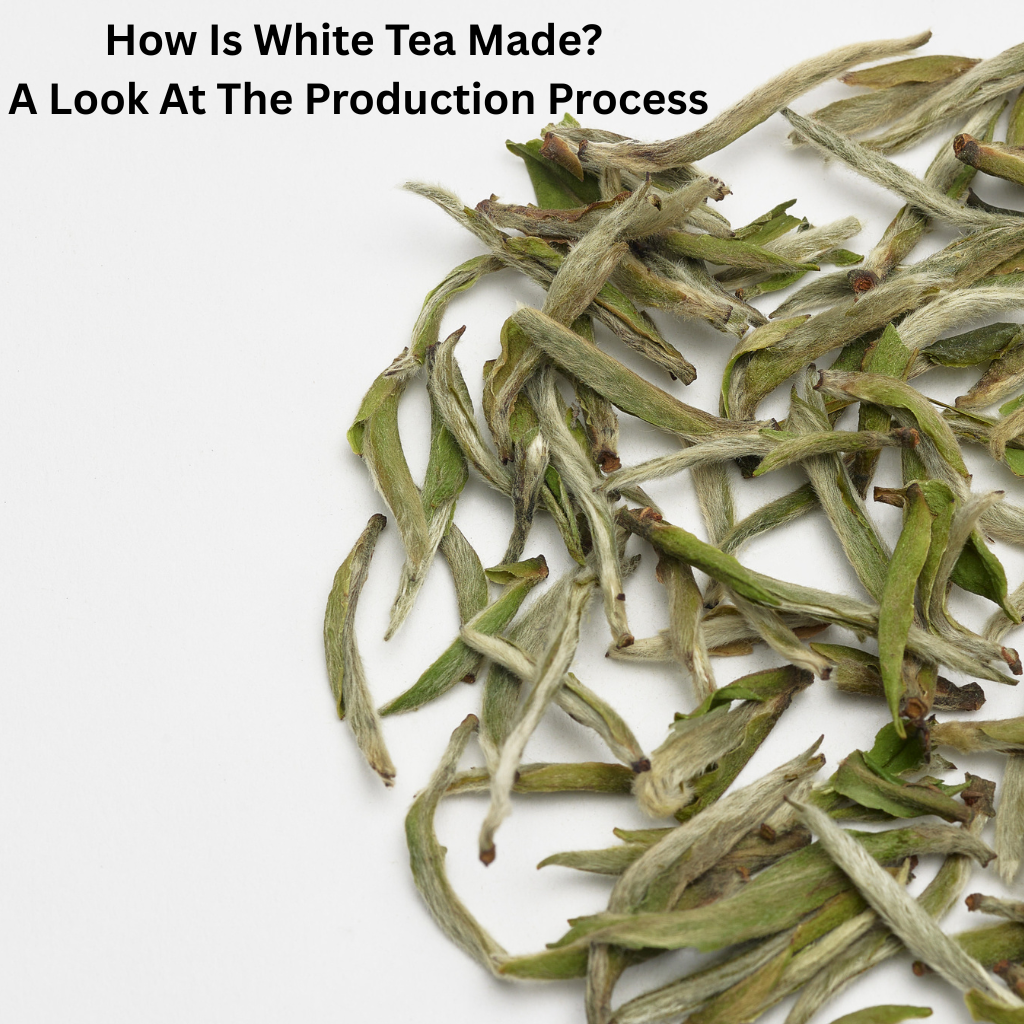
When you hold a delicate cup of white tea, you're experiencing one of the world's most precious beverages. Chinese emperors considered it liquid silk. But what transforms simple tea buds into this amazing beverage? This article will go through the 6-step journey that combines centuries-old wisdom with precise craftsmanship to produce the delicate flavours of white tea.
Unlike the complex processing methods used for black or green teas, white tea's beauty emerges from minimalism. This minimal intervention approach preserves the tea's natural essence while requiring an almost meditative level of precision from tea makers. Every step, from the moment tender buds are plucked to their final packaging, influences the delicate flavour profile that makes white tea so sought after.
Understanding White Tea's Unique Character
All types of tea come from the same plant species called Camellia Sinensis. It is an evergreen plant that thrives in warmer, humid climates, and the level of processing through oxidation determines the outcome.
Here's a comprehensive comparison:
| Tea Type | Oxidation Level | Processing Steps | Flavour Profile | Caffeine Level* |
|---|---|---|---|---|
| White | 5-10% | Wither → Dry | Delicate, sweet, floral | 15-30mg |
| Green | 0-5% | Wither → Heat → Shape → Dry | Grassy, vegetal, fresh | 25-45mg |
| Oolong | 15-80% | Wither → Bruise → Oxidize → Heat → Shape → Dry | Complex, fruity, varied | 30-50mg |
| Black | 80-100% | Wither → Roll → Oxidize → Dry | Bold, malty, robust | 40-70mg |
*Per 8oz cup, approximate values
White tea stands apart from all other tea varieties through its philosophy of minimal processing. While green tea undergoes fixation and black tea experiences full oxidation, white tea follows nature's gentle rhythm. This approach preserves the highest levels of antioxidants and creates the subtle, naturally sweet flavor that white tea is celebrated for.
The premium price of white tea reflects not just its rarity, but the intensive labour and perfect timing required for its production. A single day's delay in harvest or an hour too long in processing can dramatically alter the final product's quality. This delicate balance between timing, technique, and tradition makes white tea production as much an art as it is a science. Let's take a look in detail at the 6 steps involved in taking white tea from the farm to your cup.

Step 1: The Art of Selective Harvesting
Timing is Everything: The white tea harvest window opens for just a few precious weeks each year, typically in early spring from March to April. During this brief period, tea plants emerge from winter dormancy with tender new growth covered in silvery-white down—the signature characteristic that gives white tea its name.
The "Two Leaves and a Bud" Rule: Master tea harvesters follow strict selection criteria, choosing only the youngest, most tender growth. For premium grades like Silver Needle, only unopened buds are selected. For White Peony, the harvest includes one bud with two young leaves.
Hand-Picking Mastery: Unlike other teas that can be machine-harvested, white tea demands the gentle touch of experienced hands. Each bud and leaf must be plucked without bruising or damage, as any cell wall disruption would trigger unwanted oxidation. Skilled harvesters can collect only 2-3 pounds of tea buds per day, compared to 20-30 pounds for other tea types.
Weather Dependencies: Harvest must occur during specific weather conditions—sunny, dry mornings after the dew has evaporated but before the afternoon heat intensifies. Rain or excessive humidity can ruin an entire harvest, as moisture promotes bacterial growth and interferes with the delicate withering process.
The impact of harvest quality reverberates through every subsequent step, ultimately determining whether the finished tea will command premium prices or fall short of white tea's exacting standards.
Step 2: Solar Withering
Once harvested, the tender buds and leaves begin their transformation through solar withering—perhaps the most critical phase in white tea production. During this stage, freshly picked material is carefully spread on traditional bamboo mats or modern withering trays in areas that receive gentle, indirect sunlight.
Bamboo Mat Tradition: The use of bamboo mats isn't merely traditional—bamboo's natural properties allow for optimal air circulation while preventing the leaves from overheating. The mats are positioned to receive morning sun exposure while avoiding harsh afternoon rays that could damage the delicate leaf structure.
Sun Exposure Timing: Master tea makers monitor solar intensity throughout the day, often moving mats to different locations as the sun's angle changes. The goal is gradual moisture reduction from approximately 75% to 40% moisture content over 6-12 hours, depending on weather conditions.
Moisture Loss Process: As water evaporates from the leaf surface, cell walls begin to soften and natural enzymes start breaking down chlorophyll and tannins. This process reduces the grassy flavors found in fresh leaves while developing the subtle sweetness characteristic of white tea.
Natural Oxidation Begins: Unlike green tea where oxidation is immediately halted, white tea allows for minimal, controlled oxidation during withering. This gentle enzymatic activity contributes to the complex flavour development without the robust characteristics found in fully oxidized black teas.
Weather Challenges: Unexpected weather changes pose significant risks during solar withering. Rain requires immediate relocation indoors, while excessive cloud cover can slow the process and affect flavor development. Experienced tea makers constantly monitor conditions and adjust their positioning accordingly.
During this phase, visual changes become apparent as leaves gradually lose their bright green color and develop a more muted, silvery appearance. The leaves become more pliable, and their natural aromatics begin to emerge.
Step 3: Indoor Withering Through Controlled Environment

Following solar withering, most premium white tea production facilities transition leaves to carefully controlled indoor environments for the completion of moisture removal. This stage allows tea masters to fine-tune the withering process regardless of external weather conditions.
Temperature Control: Indoor withering rooms maintain consistent temperatures between 70-75°F (21-24°C). This moderate temperature range ensures continued enzyme activity without accelerating oxidation beyond desired levels.
Humidity Management: Relative humidity is carefully maintained at 60-70% to facilitate gradual moisture evaporation without causing the leaves to become brittle or lose essential oils. Precise humidity control prevents both under-drying and excessive moisture retention.
Air Circulation: Gentle fans provide consistent air movement throughout the withering room, ensuring uniform moisture removal across all leaves. This circulation prevents the formation of humid microclimates that could lead to uneven processing or spoilage.
Duration Factors: Indoor withering typically continues for 6-12 hours, though duration varies based on initial leaf moisture content, desired flavor profile, and specific grade requirements. Tea masters regularly test leaf flexibility and moisture levels to determine optimal completion timing.
Quality Monitoring: Throughout indoor withering, tea makers assess leaves through touch, aroma, and visual inspection. Properly withered leaves should feel supple but not damp, emit clean vegetal aromas without any musty notes, and display uniform color changes.
This controlled environment stage ensures consistency in production while allowing tea masters to respond to variations in raw material quality or initial withering conditions.
Step 4: Final Drying and Locking in Quality
The drying process represents the culmination of white tea production, where final moisture content is achieved and enzymatic activity is halted to preserve the tea's delicate character. This stage requires precise temperature control to prevent damage while ensuring proper preservation.
Traditional Charcoal Method: The most premium white teas undergo traditional charcoal drying, where leaves are exposed to gentle, indirect heat from carefully managed charcoal fires. This method, dating back centuries, imparts subtle smoky notes while maintaining the tea's inherent sweetness. Temperatures typically range from 104-122°F (40-50°C).
Modern Electric Drying: Contemporary facilities often employ electric drying machines that provide precise temperature and humidity control. These systems maintain temperatures between 104-140°F (40-60°C) while allowing for exact timing control. Modern methods ensure consistency and reduce labor intensity while preserving traditional quality standards.

Target Moisture: The goal of final drying is achieving 5-6% moisture content—the optimal level for long-term storage and preservation. This moisture level prevents spoilage while retaining enough flexibility to prevent leaf breakage during handling.
Stopping Oxidation: Heat application during drying effectively halts enzymatic activity, preventing further oxidation and locking in the flavor profile developed during withering. This step is crucial for maintaining the subtle, delicate characteristics that define quality white tea.
Aroma Development: During drying, heat facilitates the development of volatile compounds responsible for white tea's distinctive aroma. Proper temperature control enhances these aromatics without creating harsh or burnt notes that would detract from the tea's natural elegance.
Quality Indicators: Master tea makers assess completion through visual cues (uniform color, absence of moisture spots), tactile feedback (appropriate brittleness without excessive fragility), and aromatic evaluation (clean, sweet fragrance without off-notes).
The precision required during drying cannot be overstated—temperatures too high will damage delicate compounds, while insufficient drying compromises storage stability and allows unwanted fermentation.
Step 5: Sorting and Grading
Once drying is complete, white tea undergoes meticulous sorting to ensure uniformity and remove any impurities. This labor-intensive process significantly impacts the final product's quality and market value.
Manual Sorting: Premium white tea sorting remains predominantly manual, with trained teams examining each leaf and bud. Sorters separate materials based on size, color, and overall quality, using specialized tweezers or careful hand selection to avoid damage.
Grade Categories: The sorting process determines final grade classifications. Silver Needle, the highest grade, consists entirely of uniform silver-white buds. White Peony includes buds with two young leaves, while lower grades may contain more mature leaves or broken pieces.
Removing Impurities: Sorters eliminate stems, broken leaves, discolored material, and any foreign matter that might have been introduced during processing. This attention to detail ensures that only the finest material reaches consumers.
Quality Standards: Each grade must meet specific criteria for bud-to-leaf ratios, colour consistency, and size uniformity. These standards vary by producer but generally follow traditional Chinese grading systems that have been refined over centuries.
Value Determination: The sorting process directly impacts pricing, as higher grades command significantly higher market values. The percentage of top-grade material recovered from each batch influences both producer profitability and consumer pricing.
Professional sorters can process 10-15 pounds of dried tea per day, examining thousands of individual buds and leaves to maintain exacting quality standards.
Step 6: Packaging for Freshness
The final step in white tea production focuses on preservation—protecting the delicate tea from environmental factors that could degrade its quality during storage and transport.

Moisture Protection: White tea packaging employs airtight containers, vacuum-sealed bags, or specialized barrier films that prevent moisture absorption. Even small amounts of humidity can trigger unwanted fermentation or mold growth in properly dried tea.
Light Protection: UV-protective packaging materials shield tea from light exposure, which can degrade both flavor compounds and visual appearance. Traditional tins and modern foil pouches both provide effective light barriers when properly sealed.
Storage Considerations: Packaging must account for temperature fluctuations and humidity variations during shipping and storage. Multi-layer packaging systems often combine inner moisture barriers with outer protective containers.
Packaging Materials: Traditional options include tin canisters and wooden boxes, while modern alternatives feature specialized plastic films with oxygen barriers. The choice depends on the intended storage duration, shipping requirements, and market positioning.
Dating and Labeling: Proper packaging includes harvest date information, grade specifications, and storage instructions to help consumers maintain tea quality. Traceability information connects the final product back to specific gardens and processing batches.
Quality packaging can extend white tea's peak flavour period from months to several years when combined with proper storage conditions.
What Makes White Tea Special: The Science Behind the Process
White tea's minimal processing preserves exceptionally high levels of beneficial compounds that are often reduced or altered in other tea types. Scientific research has confirmed that this gentle approach yields significant advantages in both flavor and health properties.
Antioxidant Preservation: Studies show that white tea contains polyphenol levels comparable to or exceeding those found in green tea, despite undergoing less intensive processing. The gentle withering and drying process preserves catechins like EGCG (epigallocatechin gallate) that contribute to tea's health benefits.
Polyphenol Levels: Research indicates that premium white teas can contain 15-20% polyphenols by dry weight, with particularly high concentrations of catechins and flavonoids. These compounds contribute both to white tea's subtle astringency and its potential health properties.
Flavour Development: The controlled oxidation during withering creates unique flavour compounds not found in non-oxidized green teas or fully oxidized black teas. This limited enzymatic activity produces the characteristic sweet, floral notes while maintaining freshness.
Caffeine Content: White tea typically contains 15-30mg of caffeine per cup, compared to 25-50mg in green tea and 40-70mg in black tea. This moderate caffeine level provides gentle stimulation without the intensity of other tea types.
Shelf Life: Proper processing and packaging allow high-quality white tea to maintain peak flavor for 2-3 years, with some aged white teas developing enhanced complexity over longer periods when stored correctly.
The scientific evidence supporting white tea's unique characteristics validates the traditional processing methods that have been refined over centuries of tea production.
From Our Tea Gardens to Your Cup
At ICHA TEA, we honor these time-tested production methods while maintaining the highest quality standards for our white tea collection. Our commitment to traditional processing ensures that every cup delivers the authentic character and subtle complexity that white tea should offer.
Our tea masters oversee each step of production, from the precise timing of harvest to the final packaging that preserves freshness during shipping. This attention to detail guarantees that whether you choose our premium Silver Needle or our classic White Peony, you're experiencing white tea as it was meant to be.
Understanding the intricate process behind white tea production enhances appreciation for this remarkable beverage. Each cup represents hundreds of careful decisions made by skilled artisans who have dedicated their lives to preserving this ancient craft.
You might be interested in these articles:
- White Tea Caffeine Content - The Surprising Truth
- Side Effects from Drinking Tea - What You Need To Know
- What Are The Differences Between White Tea and Green Tea?
- What Is White Tea? Beginners Guide to the Basic
References
1. Zhou, S., Zhang, J., Ma, S., Ou, C., Feng, X., Pan, Y., Gong, S., Fan, F., Chen, P., & Chu, Q. (2023). Recent advances on white tea: Manufacturing, compositions, aging characteristics and bioactivities. Trends in Food Science & Technology, 134, 41-55. https://doi.org/10.1016/j.tifs.2023.02.016
2. Wong, S. Y., Grant, I. R., Friedman, M., Elliott, C. T., & Situ, C. (2022). Phytochemical profile of differently processed tea: A review. Journal of Food Science, 87(4), 1925-1942. https://doi.org/10.1111/1750-3841.16137
3. Guo, X., Song, C., Ho, C. T., & Wan, X. (2024). White tea: A review on composition characteristics, extraction techniques, and application potentials. Journal of Tea Science Research, 14(1), 58-73. https://hortherbpublisher.com/index.php/jtsr/article/html/3867/

